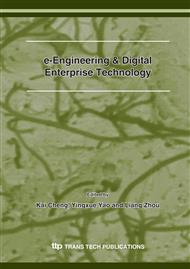p.471
p.476
p.483
p.488
p.493
p.498
p.503
p.508
p.513
Optimising Shot Peening Parameters Using Finite Element and Discrete Element Analysis
Abstract:
Shot peening is a cold-work process in which a stream of small spherical shot is blasted against a metallic component to generate a high compressive residual stress regime at the surface of the target. This paper presents a computational modelling of the shot peening process, in which the finite element (FE) method was employed to study the elastic-plastic dynamic process of the shot impact on a metallic target, and the discrete element (DE) method was used to study the multiple particles dynamics. Statistical analyses of the shot impact data reveal the relationships between peening process parameters and peening intensity, which can be used to optimise these process parameters to produce an improved outcome.
Info:
Periodical:
Pages:
493-497
Citation:
Online since:
December 2007
Authors:
Price:
Сopyright:
© 2008 Trans Tech Publications Ltd. All Rights Reserved
Share:
Citation:


